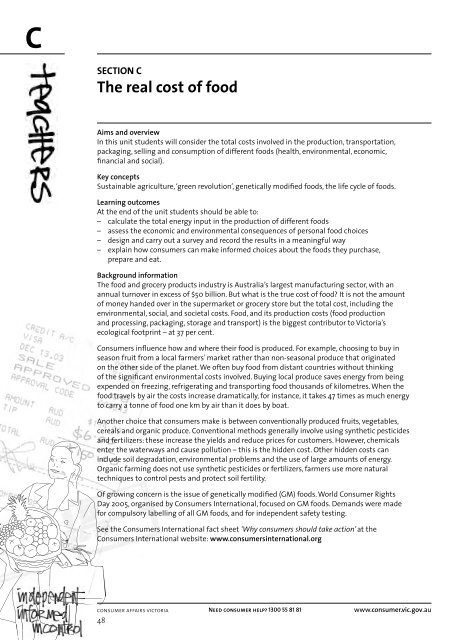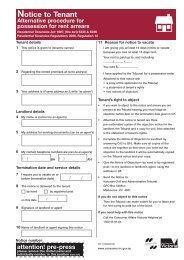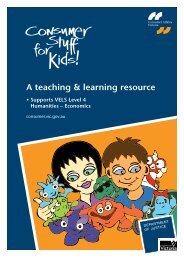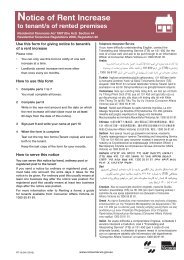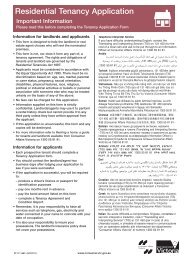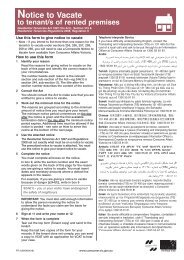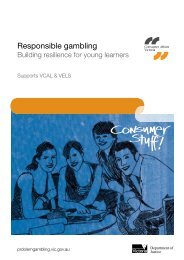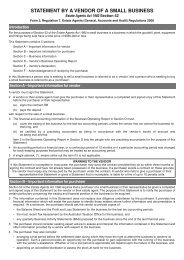A resource for teaching and learning about consuming planet earth
A resource for teaching and learning about consuming planet earth
A resource for teaching and learning about consuming planet earth
Create successful ePaper yourself
Turn your PDF publications into a flip-book with our unique Google optimized e-Paper software.
C<br />
SECTION C<br />
The real cost of food<br />
Aims <strong>and</strong> overview<br />
In this unit students will consider the total costs involved in the production, transportation,<br />
packaging, selling <strong>and</strong> consumption of different foods (health, environmental, economic,<br />
financial <strong>and</strong> social).<br />
Key concepts<br />
Sustainable agriculture, ‘green revolution’, genetically modified foods, the life cycle of foods.<br />
Learning outcomes<br />
At the end of the unit students should be able to:<br />
– calculate the total energy input in the production of different foods<br />
– assess the economic <strong>and</strong> environmental consequences of personal food choices<br />
– design <strong>and</strong> carry out a survey <strong>and</strong> record the results in a meaningful way<br />
– explain how consumers can make in<strong>for</strong>med choices <strong>about</strong> the foods they purchase,<br />
prepare <strong>and</strong> eat.<br />
Background in<strong>for</strong>mation<br />
The food <strong>and</strong> grocery products industry is Australia’s largest manufacturing sector, with an<br />
annual turnover in excess of $50 billion. But what is the true cost of food? It is not the amount<br />
of money h<strong>and</strong>ed over in the supermarket or grocery store but the total cost, including the<br />
environmental, social, <strong>and</strong> societal costs. Food, <strong>and</strong> its production costs (food production<br />
<strong>and</strong> processing, packaging, storage <strong>and</strong> transport) is the biggest contributor to Victoria’s<br />
ecological footprint – at 37 per cent.<br />
Consumers influence how <strong>and</strong> where their food is produced. For example, choosing to buy in<br />
season fruit from a local farmers’ market rather than non-seasonal produce that originated<br />
on the other side of the <strong>planet</strong>. We often buy food from distant countries without thinking<br />
of the significant environmental costs involved. Buying local produce saves energy from being<br />
expended on freezing, refrigerating <strong>and</strong> transporting food thous<strong>and</strong>s of kilometres. When the<br />
food travels by air the costs increase dramatically, <strong>for</strong> instance, it takes 47 times as much energy<br />
to carry a tonne of food one km by air than it does by boat.<br />
Another choice that consumers make is between conventionally produced fruits, vegetables,<br />
cereals <strong>and</strong> organic produce. Conventional methods generally involve using synthetic pesticides<br />
<strong>and</strong> fertilizers: these increase the yields <strong>and</strong> reduce prices <strong>for</strong> customers. However, chemicals<br />
enter the waterways <strong>and</strong> cause pollution – this is the hidden cost. Other hidden costs can<br />
include soil degradation, environmental problems <strong>and</strong> the use of large amounts of energy.<br />
Organic farming does not use synthetic pesticides or fertilizers, farmers use more natural<br />
techniques to control pests <strong>and</strong> protect soil fertility.<br />
Of growing concern is the issue of genetically modified (GM) foods. World Consumer Rights<br />
Day 2005, organised by Consumers International, focused on GM foods. Dem<strong>and</strong>s were made<br />
<strong>for</strong> compulsory labelling of all GM foods, <strong>and</strong> <strong>for</strong> independent safety testing.<br />
See the Consumers International fact sheet ‘Why consumers should take action’ at the<br />
Consumers International website: www.consumersinternational.org<br />
consumer affairs victoria<br />
48<br />
Need consumer help? 1300 55 81 81 www.consumer.vic.gov.au


